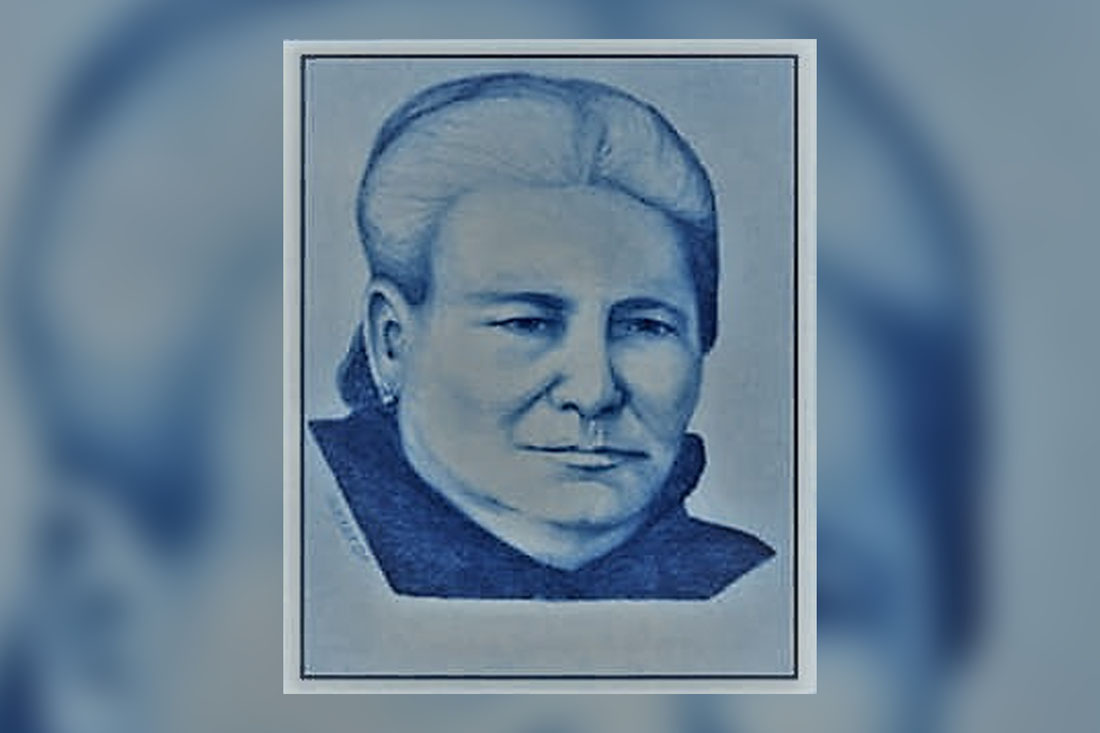At the age of 19, she witnessed the Constituent Assembly in Guáimaro and in November 1869, together with her family, she entered the insurgent battlefields. When the Spanish troops surprised them, they murdered her two little brothers, 12 and 14 years old, with machetes in front of her eyes. Her mother, faced with pain, had a heart attack and died. That was her baptism of fire.
Her Birth
In Guáimaro, Camagüey on May 29th, 1850 she saw the light of the world. When she went into the battlefield with her family, she helped his father in the saddlery and clothing workshop. After the murder and death of most of her family, she is taken prisoner, in Las Tunas, then in Periquera, Holguín, until the Zanjón Pact.
After the Zanjón she decided to return to her town where she was born. But the authorities confirmed her confinement status. Because of her disagreement se was sent into exile to Baracoa. In El Buquén farm, in the Toa, she hid expeditionaries from the War of ’95. There she met the Maceo brothers.
“Do not cross the fence”
After the landing by Duaba, Antonio and José Maceo, Flor Crombet and other patriots arrived at the Luz farm looking to join the forces of the Liberation Army. They had barely entered the batey, when the brave woman took a machete in her hands and went out to meet a Spanish troop that was approaching, while shouting: “Do not cross the fence” The enemy, impressed by her bravery, fled, leaving behind their wounded and two dead.
Captain rank
The Encyclopedic Dictionary of Military History reports that on this occasion Major General Antonio Maceo Grajales conferred on her the rank of Captain of the Liberation Army for her merits in the 10-Year War. While other sources reveal that The General, Francisco Sánchez Echevarría, before all the troops placed in a position of attention, told her: “Due to your heroic action we have triumphed in today’s battle, you have won the rank of Captain of the Liberation Army ”.
Certainly, it was not until 1931 when the Congress of the Republic recognized her right to collect the pension of the Liberation Army. Belatedly.
Living in the city of Antillas, Holguín province, on May 20th, 1848, she received the Carlos Manuel de Céspedes decoration. She died a short time later, on August 1st of the same year.
Validity of her legacy
She constitutes a woman who transcends for her bravery. Her love for her country gained her a spot in the definitive profile of history. Certainly, her honorable biography is not sufficiently spread.
Bibliography
Diccionario Enciclopédico de Historia Militar de Cuba (2014) Primera parte. Tomo I (1510-1898). Casa Editorial Verde Olivo, La Habana, Cuba.
Diago, Olivia (2020) Vestidas de Patria I, Casa Editorial Verde Olivo, La Habana, Cuba.
Translated by: Aileen Álvarez García






